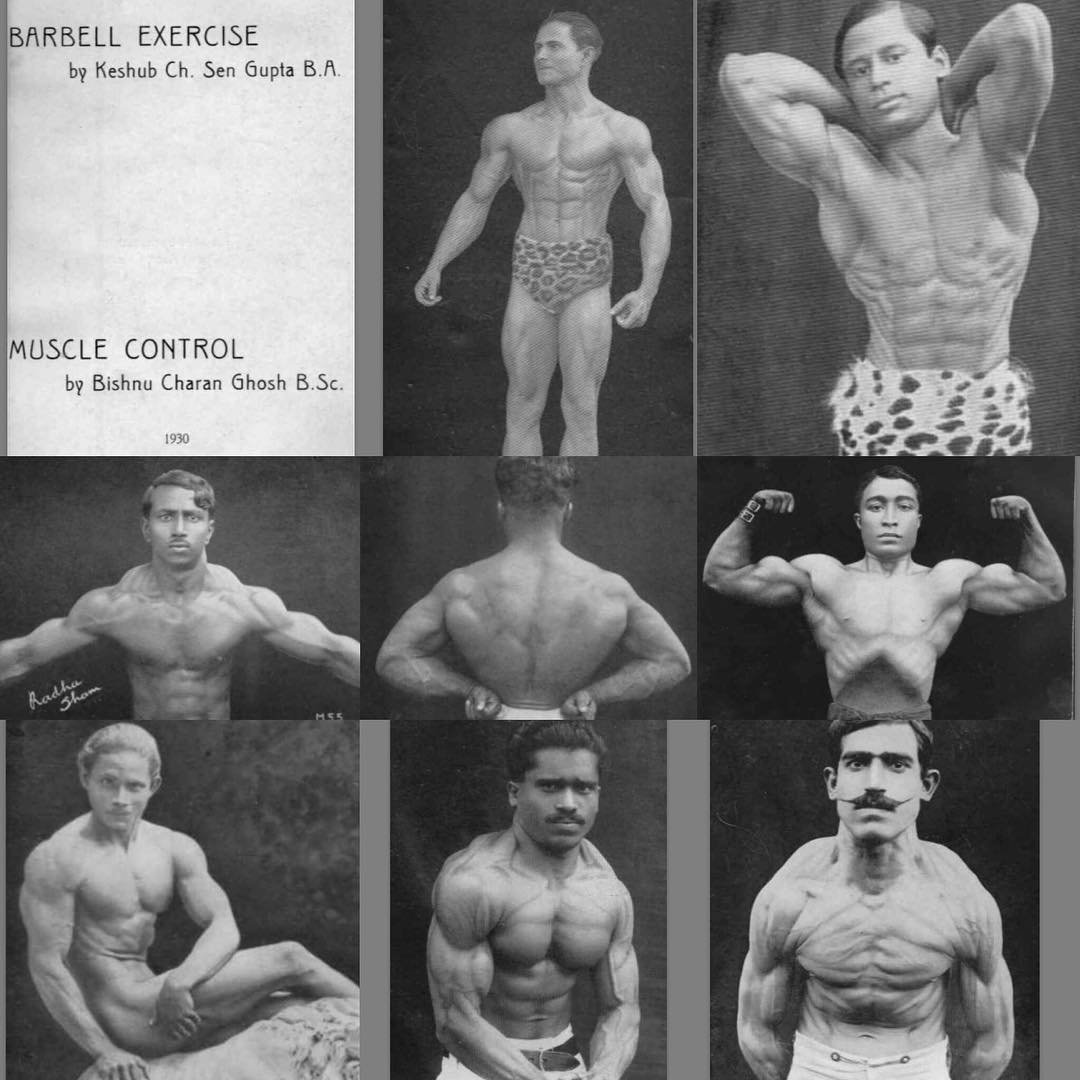
Datta Jayanti good wishes everyone.
The upadesha that Dattatreya gives to King Alarka should be read by all. It is all recorded in the Markandeya Puranam.
Bibek Debroy has written a nice essay on this topic. Have a look.
openthemagazine.com/columns/the-mi…
The upadesha that Dattatreya gives to King Alarka should be read by all. It is all recorded in the Markandeya Puranam.
Bibek Debroy has written a nice essay on this topic. Have a look.
openthemagazine.com/columns/the-mi…

Vishnudharmottara purana tells us that Dattatreya must be depicted just like Valmiki. One more iconographic text, Rupamandanam identifies Dattatreya under another name. He is called Hari-Hara Pitamaha. Ajayameru museum houses a fine sculpture of this form indianculture.gov.in/ajmer-museum-h…
Rupamandanam states that the image of Hari-Hara Pitamaha should have 4 faces, 6 hands &
single body made to stand on a pitha. The right hands should carry the akshamala, the trisula &
the gada, while the left hands should be made to hold the kamandalu, khatvanga & chakra.
single body made to stand on a pitha. The right hands should carry the akshamala, the trisula &
the gada, while the left hands should be made to hold the kamandalu, khatvanga & chakra.

The Rupamandanam is a compendium of various iconographic texts. It has details on nearly every iconography, which makes it one of the most exhaustive texts. I've written briefly on this. Check it out.
twitter.com/i/events/14460…
twitter.com/i/events/14460…
• • •
Missing some Tweet in this thread? You can try to
force a refresh














